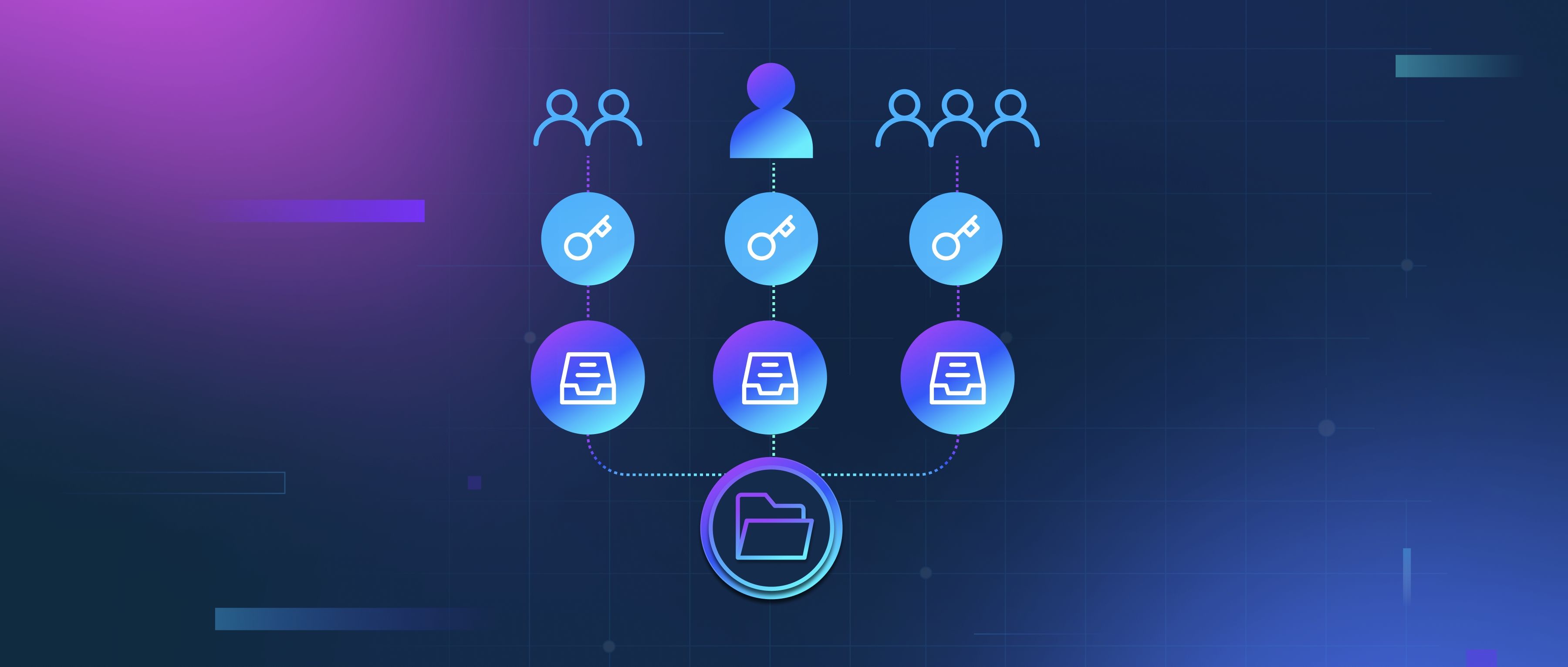Logging and profiling during benchmarking provide visibility into where time and resources are spent, enabling developers to pinpoint performance bottlenecks. By tracking detailed metrics at each stage of a system’s execution, teams can isolate inefficiencies such as slow distance computations, excessive data transfers, or inefficient index traversal. Here’s how these techniques work together:
Direct Answer Logging records specific events or metrics during a benchmark, such as timestamps for function calls, data transfer sizes, or index operations. Profiling measures resource usage (CPU, memory) over time, often at the function or line level. Together, they reveal patterns: for example, if logs show frequent or long-running distance calculations, while a profiler highlights high CPU usage in those functions, it confirms a computational bottleneck. Similarly, frequent large data transfers logged between stages paired with profiler-observed I/O wait times would indicate a data transfer issue. Index traversal bottlenecks might appear as repeated calls to traversal functions in logs, combined with high memory or CPU usage in those paths during profiling.
Example Workflow
For instance, consider a search engine benchmark where a query processes millions of vectors. Logging could track the time taken for each compute_distance() call, the bytes transferred between a database and application layer, and the number of nodes traversed in an index. A profiler like perf or cProfile would sample the application’s CPU usage, showing whether most cycles are spent in distance computation (e.g., nested loops in a cosine similarity function) versus waiting for data transfers (network I/O) or traversing index trees. If logs show 80% of total time spent in compute_distance(), while the profiler shows 70% CPU utilization in that function, optimizing the distance algorithm (e.g., vectorization) becomes critical. Conversely, if logs indicate frequent large network payloads and the profiler shows high I/O wait times, optimizing data locality or compression might help.
Practical Considerations
Effective logging requires instrumenting code to capture granular metrics without adding significant overhead—e.g., using lightweight logging libraries or sampling. Profiling tools vary: some (like py-spy for Python) are low-overhead and suitable for production, while others (like Valgrind) provide deeper insights but may slow execution. Combining both approaches ensures bottlenecks are identified at multiple levels. For example, a distributed system might use distributed tracing (logging) to track latency across services, while per-service profilers identify whether delays stem from CPU-bound tasks or I/O waits. This dual approach avoids guesswork and directs optimization efforts to the right areas.
